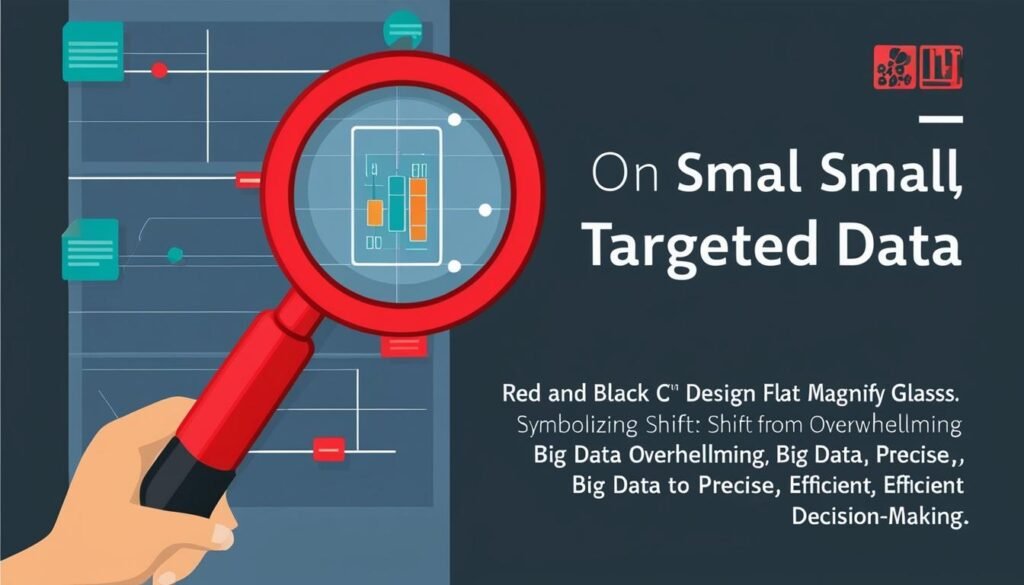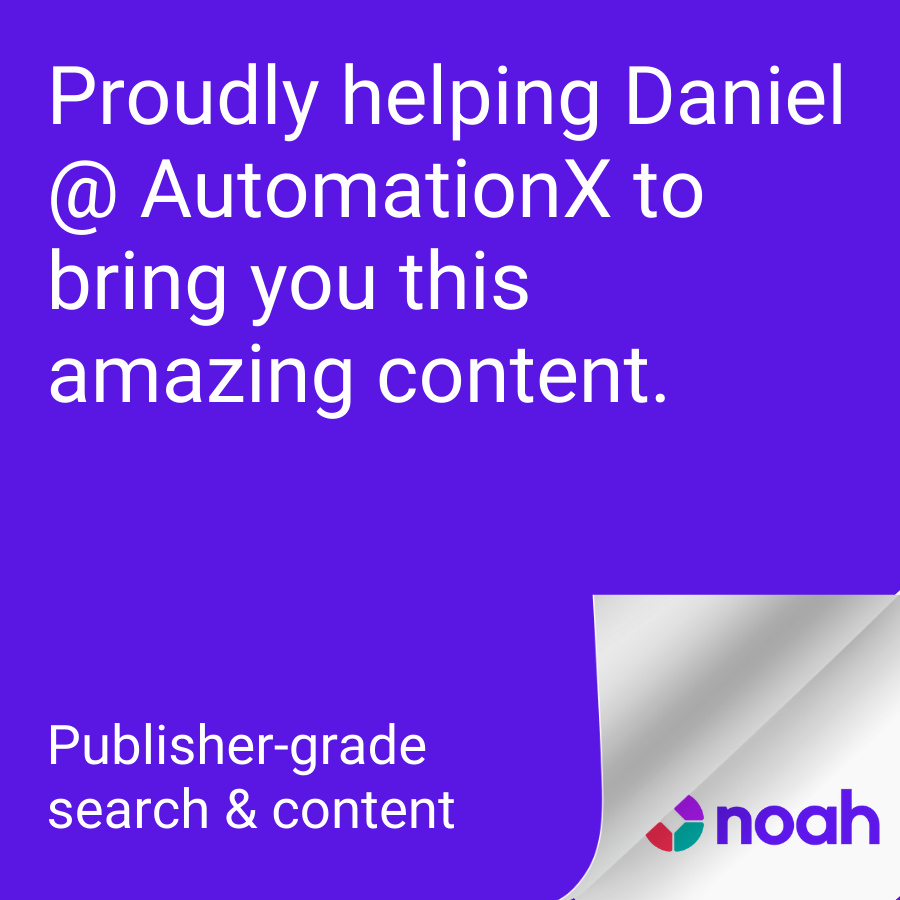As businesses increasingly reconsider their data strategies, experts advocate for a shift from the complexities of big data to the precision of small data, emphasising its benefits for informed decision-making.
For over a decade, the business sector has been preoccupied with the concept of “big data,” envisioning it as a game changer for decision-making processes. However, as organizations grapple with the complexities of analysing vast stores of information, experts are increasingly challenging the practicalities of this strategy. Reports are now suggesting a paradigm shift towards a “small data” approach—focusing on high-quality, targeted datasets that facilitate expedient and informed decision-making.
Big data presents intriguing prospects but is accompanied by notable disadvantages. The infrastructure required for processing massive datasets entails significant investments in computing resources, expertise, and time. A 2023 study conducted by the MIT Sloan Management Review revealed that a mere 23% of businesses feel their big data initiatives have demonstrably improved their decision-making capabilities. This overwhelming tide of information often obscures clarity, leaving organisations floundering without a proven direction.
“Big data was supposed to make everything better, but in reality, it’s often just making everything more complicated,” remarked Michael Carter, an independent data consultant. He emphasised that companies are investing millions to maintain and analyse datasets that do not guarantee improved outcomes, labelling this as “an inefficient use of resources.”
Proponents of the small data strategy argue that it enables businesses to focus on precise, relevant datasets tailored to specific objectives. George Kailas, CEO of Prospero.ai, underscored this viewpoint: “Big data has distracted us from a key truth: more data doesn’t always mean better insights.” He illustrated the shift as akin to trading a searchlight for a magnifying glass: large datasets can dilute actionable intelligence, while small data allows for sharper focus on high-impact questions.
The advantages of adopting a small data methodology are manifold. It enhances resource efficiency by diminishing storage and processing costs, fosters quicker insights by targeting specific queries, improves accuracy through the use of precise datasets, and facilitates superior decision-making with relevant information.
For instance, in the retail industry, there is a growing reliance on small data to fine-tune customer experiences. Retailers can analyse specific purchasing behaviours during peak periods rather than wading through extensive transaction histories to tailor promotions and manage inventory effectively, thus enhancing sales without the burden of extensive data operations.
As businesses increasingly implement AI-driven technologies, the significance of small data is poised to amplify. The nature of AI algorithms favours meticulously curated datasets, making precision essential to their functionality. A focus on smaller, intelligent data strategies could enable enterprises to unlock the full potential of AI, providing insights that are both actionable and timely.
However, this transition necessitates a fundamental revision of how success is perceived in the data-driven landscape. Historically, companies have equated dataset size with achievement. The shift towards embracing quality over quantity marks a significant reorientation.
“Don’t get drowned in data,” advised Kailas, indicating that those companies that embrace smaller, smarter data strategies may emerge as leaders by 2025.
The migration from big data to small, precise data is not merely a fleeting trend; it is becoming essential. In an increasingly intricate business environment, organisations require tools that simplify decision-making rather than complicate it. By giving precedence to precision, firms can remain agile, mitigate waste, and derive enhanced results.
While big data will continue to occupy a role in certain sectors, the prevailing future of AI and business intelligence appears to favour a model centred on smaller, more impactful datasets. As we move towards 2025 and beyond, the enterprises that excel will likely be those that ask pertinent questions and utilise the right methodologies to derive answers, as pointed out by Kailas and other advocates for progressive data approaches. The emphasis on employing a magnifying glass instead of a searchlight could well chart the path forward in this evolving landscape.
Source: Noah Wire Services
- https://www.geeksforgeeks.org/difference-between-small-data-and-big-data/ – Corroborates the differences between small data and big data, including aspects such as variety, veracity, processing, and volume.
- https://whatsthebigdata.com/big-data-vs-small-data/ – Supports the distinctions between big data and small data in terms of volume, velocity, and variety of data.
- https://blog.hurree.co/the-pros-and-cons-of-big-data – Highlights the disadvantages of big data, including increased costs, data quality issues, and security & privacy concerns.
- https://hackernoon.com/advantages-and-disadvantages-of-big-data – Discusses the disadvantages of big data, such as cybersecurity risks, talent gaps, and compliance considerations.
- https://www.geeksforgeeks.org/difference-between-small-data-and-big-data/ – Explains how small data enhances resource efficiency, fosters quicker insights, and improves accuracy.
- https://whatsthebigdata.com/big-data-vs-small-data/ – Illustrates how small data is characterized by low data velocity and structured data, contrasting with big data’s high velocity and variety.
- https://blog.hurree.co/the-pros-and-cons-of-big-data – Supports the idea that big data’s usefulness depends on the quality of the information collected, which can be incomplete or in different formats.
- https://hackernoon.com/advantages-and-disadvantages-of-big-data – Mentions the compliance issues and regulatory requirements associated with handling big data, such as GDPR.
- https://www.geeksforgeeks.org/difference-between-small-data-and-big-data/ – Describes how traditional statistical techniques can be used for small data, whereas big data requires advanced analytics like machine learning.
- https://whatsthebigdata.com/big-data-vs-small-data/ – Provides real-life examples of how both big data and small data can offer beneficial insights in different contexts.
















